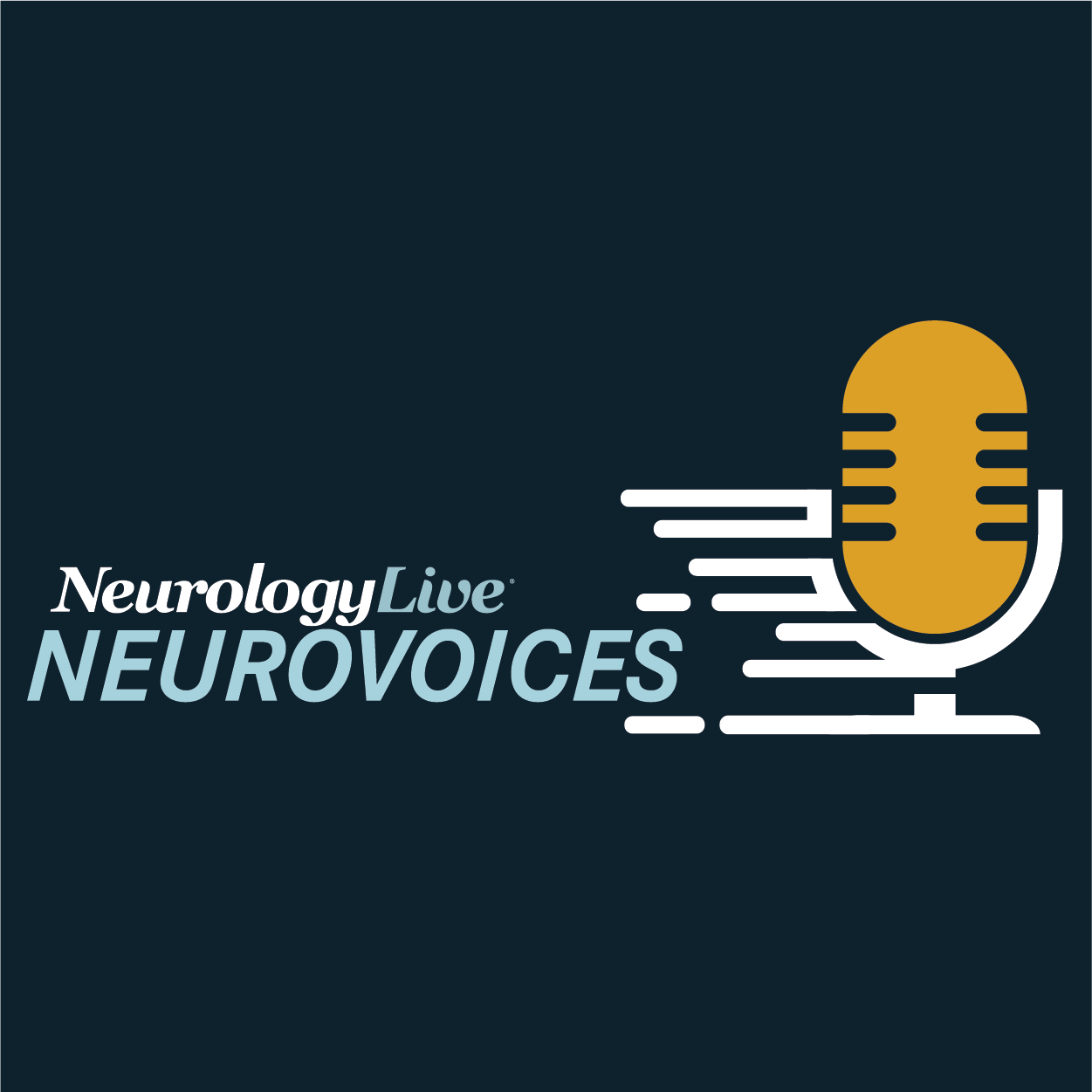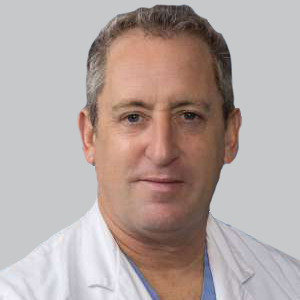Commentary
Article
NeuroVoices: Sheryll Baltazar, NP-C, on AI Integration and Emerging Therapies in Neurology
The movement disorder nurse practitioner at Stony Brook Medicine talked about the growing role of artificial intelligence in neurology and emerging treatments for Parkinson disease.
Sheryll Baltazar, NP-C
(Credit: Stony Brook Medicine)

Artificial intelligence (AI) is increasingly being explored as a powerful tool for diagnosing and managing diseases, utilizing vast amounts of health data collected from smartphones, wearable devices, and cost-effective sensors. By processing and analyzing these real-world data sources, AI can generate valuable insights into disease burden, progression, and patient status in everyday environments. This capability has the potential to enhance clinical decision-making, optimize treatment plans, and improve patient outcomes. Although these applications are promising, it remains essential to thoroughly assess both their practical utility and inherent limitations to ensure safe and effective integration into healthcare.
The most transformative applications of AI in neurology are still largely in the research and development phase, with many advancements remaining aspirational. One of the most significant potential breakthroughs is the ability to classify molecular subtypes of Parkinson disease (PD), which could revolutionize treatment by enabling personalized medicine. This advancement would mark a major step forward in precision medicine, offering hope for more effective disease management. However, until AI reaches this level of sophistication, its primary role in neurology may continue to focus on personalized patient monitoring, providing real-time assessments that complement the expertise of movement disorder specialists rather than replacing them.1
As AI’s potential continues to unfold, experts are actively investigating its role in advancing PD management and improving long-term patient outcomes. In a new iteration of NeuroVoices, Sheryll Baltazar, NP-C, a nurse practitioner at the Parkinson’s and Movement Disorders Center at Stony Brook Medicine, discussed the emerging role of AI-driven technologies. In the conversation, Baltazar also highlighted critical challenges in the integration of AI into clinical neurology, including ethical concerns related to data privacy, decision-making algorithms, and the potential impact on patient-provider relationships. Additionally, she emphasized the evolving role of wearable technology in addressing gait and motor disturbances, underscoring the need for continued research to ensure these advancements translate into meaningful improvements in patient care.
NeurologyLive: What are some of advancements and innovations you think will have the biggest impact on patient care in 2025, specifically in movement disorders?
Sheryll Baltazar, NP-C: This is known as the digital age. We're slowly steering away—not fully away, but a little bit farther—from traditional medicine, moving into more advanced technology. The use of artificial intelligence is heavy nowadays, and I think that—well, I am convinced that there will be more presence of AI in healthcare delivery, especially in neurology.
In our center, we are already using a form of AI in telehealth and telemedicine. We have ambient listening, which decreases the burden of documentation. It basically picks up the communication—the conversation—between the patient and provider, so we don't have to document everything, and that's very helpful. There are centers now using deep learning techniques, which is AI, to analyze the pathology of brain tumors intraoperatively. That will save a lot of time, allowing them to start treatment in the hospital sooner, if necessary.
I think there's vast potential for AI in neuroimaging. In our center, we also use AI to recognize neurocognitive disorders that possibly have an etiology related to neurodegenerative disease.
Are there any other diagnostic tools or techniques that you think will be integrated in the clinical practice this year?
In movement disorders, there is a new type of deep brain stimulation. This is a surgery we use for movement disorders, mostly for PD. Deep brain stimulation itself is not new, but there is a newer type called adaptive deep brain stimulation. It works by implanting electrodes in the brain that receive real-time signals correlating with the motor symptoms of PD. The key innovation is that it's a closed-loop system—it receives information and can adjust the settings in real time to improve symptoms immediately. Previously, patients had to come back to the clinic, where we would review the data and make manual adjustments. But with this new tool, the process is much easier and, hopefully, very helpful.
This is not yet approved in the United States, but we are hoping to see it available this year. It has just been approved in Europe, so I’m excited about that.
Are there any other therapeutic treatment trends in neurology you're looking forward to such as using wearable devices for patient care?
Let me give perspective about movement disorders because that’s my primary focus. There are some very exciting, innovative devices being developed. For example, there is a type of footwear designed to help with freezing of gait. Freezing of gait is a symptom of PD where the feet get stuck on the floor, making it difficult to initiate walking, which can be very problematic. In some cases, medications don’t help. So, researchers are developing wearable footwear to address this issue.
There are also watches, now covered by Medicare, that help improve tremor symptoms, mainly for essential tremors. As for new treatments, we recently received information about a new infusion therapy for PD at our center. Medication absorption can be unpredictable, leading to fluctuations or even cases where the medication doesn’t work at all. These new infusions are designed specifically to address those fluctuations, and we’re hoping to see more of this therapy available this year.
What are you optimistic about this year in terms of clinical trial readouts or new therapeutics coming into drug development?
I am optimistic, and I’m praying and hoping that we find a cure for PD. It is the second most prevalent neurodegenerative disorder worldwide. It is estimated that about 900,000 individuals are diagnosed every year, and that number is increasing. We need to shift toward a world where PD becomes rare rather than prevalent. We are hoping to find a cure—I hope we are close. And I also hope that the other atypical Parkinsonian syndromes will benefit from these advancements as well.
Transcript edited for clarity. Click here to view more NeuroVoices.





